Household Mold and How to Deal With it
Mold is a persistent problem in many a modern dwelling, thanks to better insulation, combined with stable temperatures and high levels of humidity. These conditions provide mold a perfect habitat, allowing it to flourish. While mold spores are a common particle in household dust, should their concentration reaches high levels, they can have ill effects on our health, so getting rid of mold should be a priority.
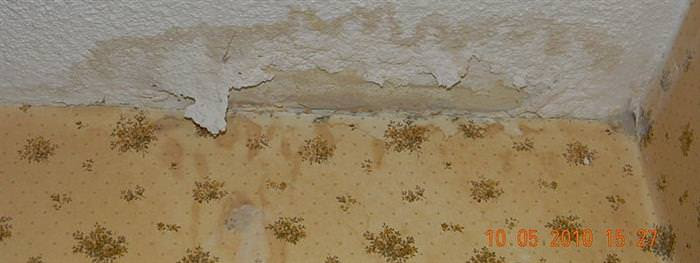

Mold (or Mould) is the name for a large group of fungi, characterized by discoloration of a surface, followed by a fuzzy-looking growth over the affected area. Mold causes biodegradation in organic material, causing food to spoil and wood to rot, amongst other things. Mold can also be beneficial for producing antibiotics, enhancing the taste of certain kinds of cheese and serve in the production of drinks and food. The kind you usually encounter in your home is the unwelcome kind.
SourceHealth risks:
Mold exposure in infants can lead to respiratory problems, and studies have shown a direct correlation between high levels of mold exposure and the development of asthma. People with higher sensitivity to mold can develop chronic lung illnesses. Mold can also cause allergic responses in children and adults.
Symptoms of mold exposure:
- Headache
- Eye irritation
- Skin irritation
- Throat irritation
- Nasal and sinus congestion
- Runny nose
- Sneezing
- Respiratory problems
- Cough
How to get rid of mold:
First, we need to find it - search the house for mold, starting with the most likely places:
- Shower and bathroom
- Basement
- Attic
- Under sinks
- In the kitchen
- Where water damage had occurred
- Outward-facing walls
Measure the area the mold covers – if the area is greater than 10ft (3m) across, you will need a professional cleaning. If the area is smaller than 10ft, you can take care of it yourself.
If water damage causes the mold, make sure that the leak has been fixed, otherwise the mold will simply return.
Move furniture from mold-infested rooms to mold-free rooms, and then cover any air vents with plastic sheets. We do this to prevent mold spores from spreading to uninfected areas, then open the windows in the room to reduce humidity and temperatures.
Prepare by wearing safety goggles, a dust mask, gloves, and clothes you wouldn’t mind throwing away once you’re done.
Prepare a solution that kills mold
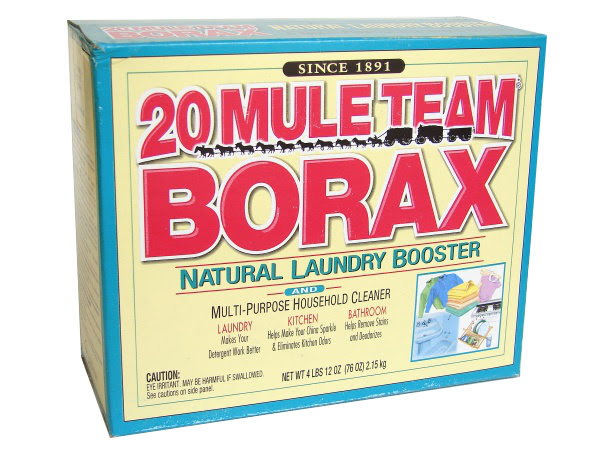
Borax and vinegar: Add one cup of borax per one gallon (3.5 liters) of water, and then add a cup of vinegar to the mix. The combination of these two natural cleaners will kill most kinds of mold, thanks to the vinegar overlapping the mold borax can’t kill and vice versa.
Baking soda and vinegar: Add 3 tablespoons of baking soda to 4 cups of warm water, then add one cup of plain white vinegar. Like the borax, the baking soda overlaps the vinegar’s mold-removing abilities.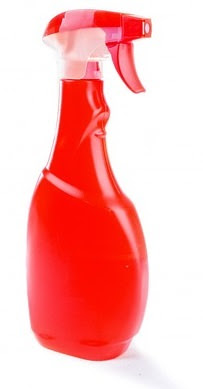
Pour the solution into a spray bottle, and spray the affected area. Wait for about 15-20 minutes and then scrub the area thoroughly until there are no more signs of mold and allow to dry. (Food preparation areas must be rinsed afterward)
Prevention:
Mold loves to be left undisturbed in an area with humidity and darkness. These are the most effective prevention methods. Fix any and all water leaks. Areas that can’t get enough sunlight (like ceilings) or have high levels of humidity (like showers) should be checked for new signs of mold and treated as soon as they appear. Using dehumidifiers and air-conditioning also reduces the likeliness of mold forming in your home.

| RE/MAX Time | 10535 Foothill Blvd Suite 100 Rancho Cucamonga CA 91730 | Tel: 909 730-3638 | tomgriffey.com | getgriffey@gmail.com | BRE 01155574 |
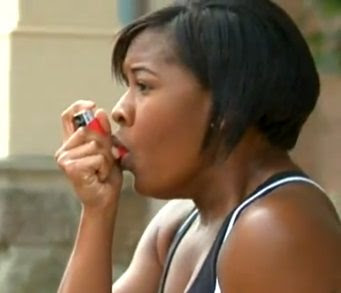
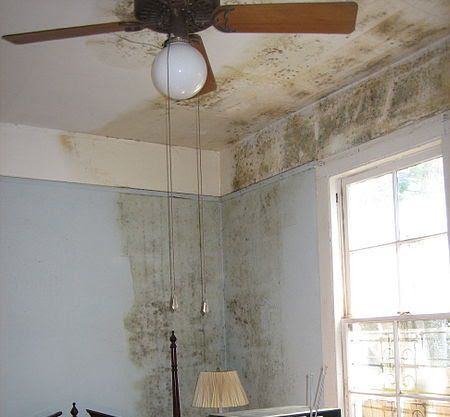
No comments:
Post a Comment